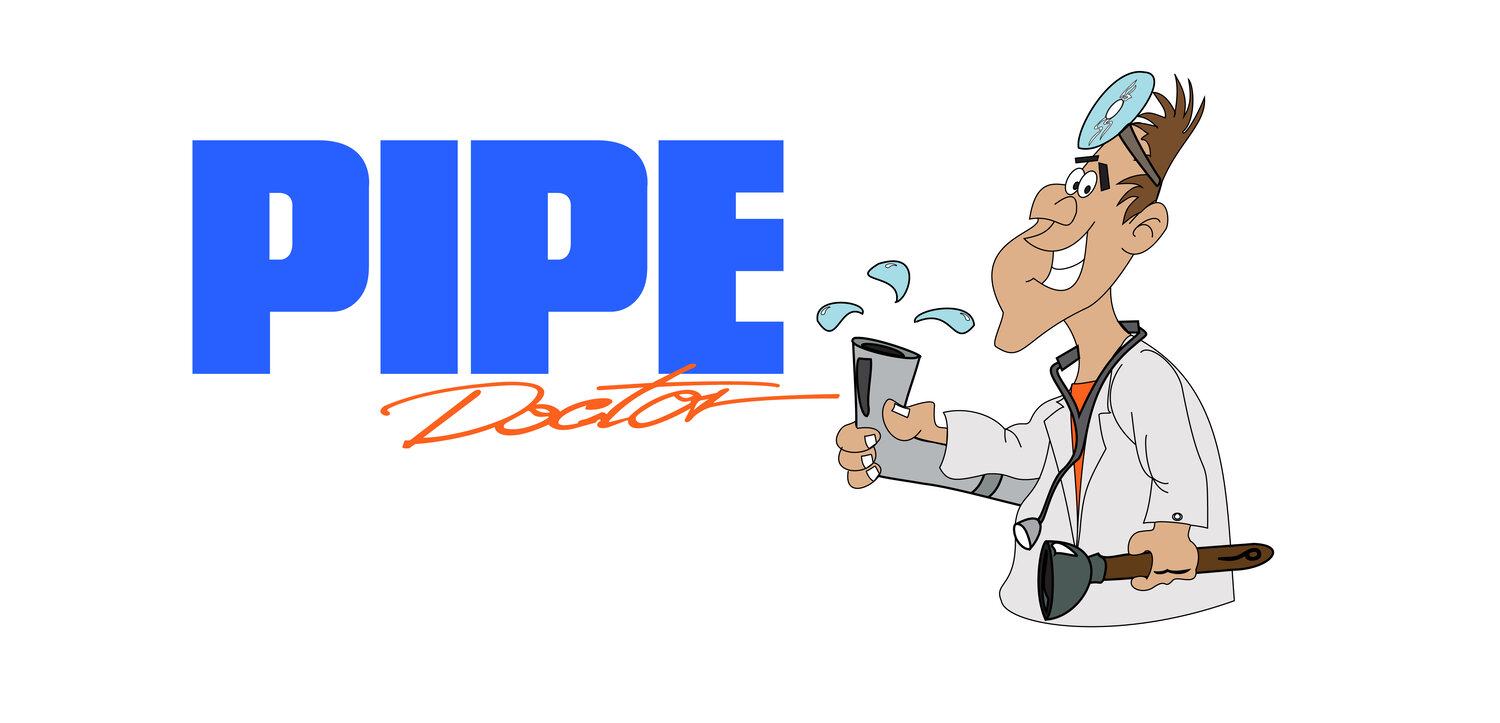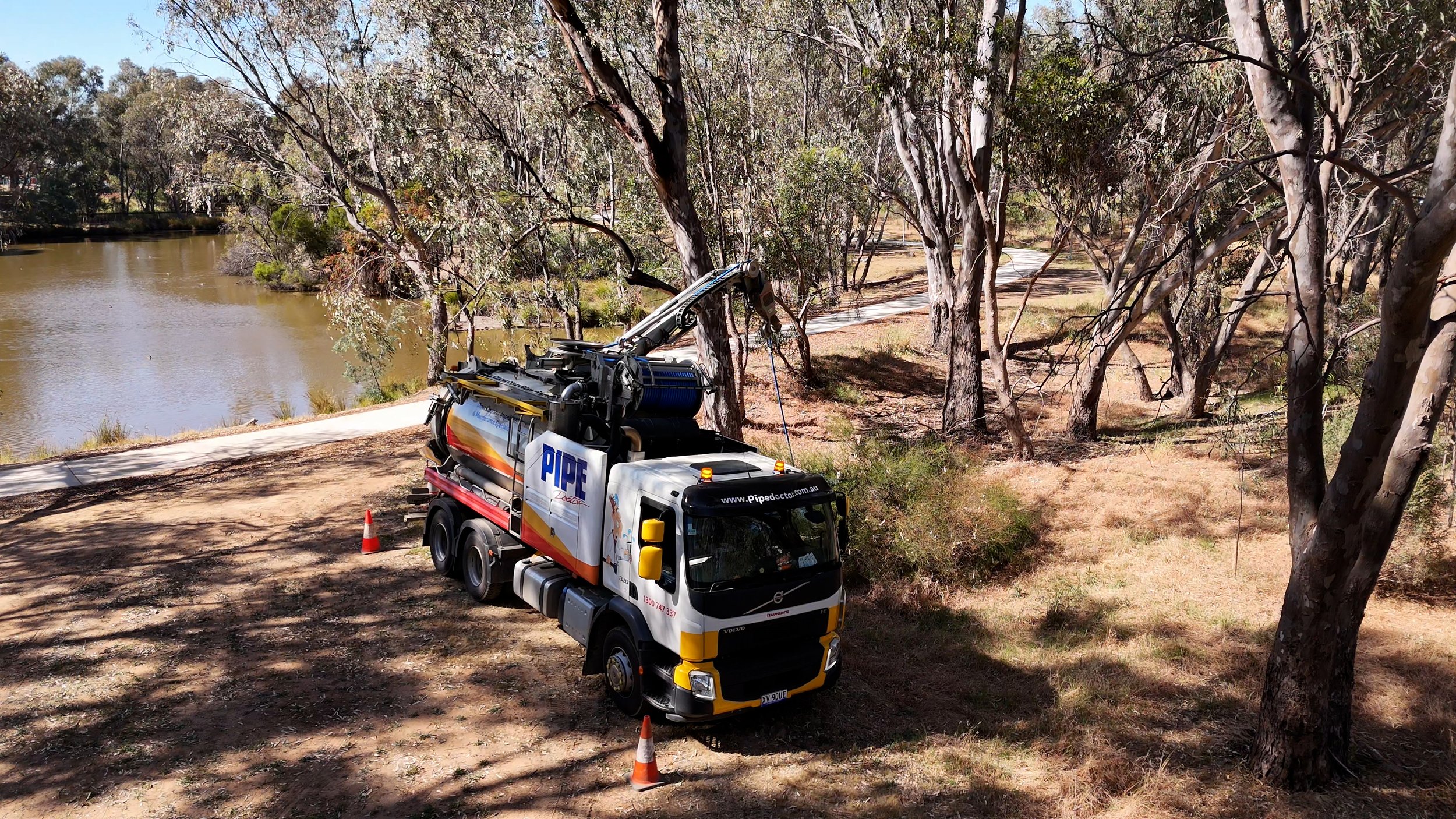Stormwater Management: Key to Sustainable Urban Development
Did you know that urban runoff is now one of the leading sources of water pollution worldwide? In our rapidly urbanising world, the challenge of managing stormwater has escalated, magnified by the impacts of climate change. Traditional stormwater management systems, once sufficient, now falter under the dual pressures of increased urban runoff and extreme weather events. This evolving scenario necessitates a critical shift towards sustainable stormwater management practices that prioritise mitigating immediate issues such as flooding and pollution and the long-term resilience of urban landscapes. Central to this approach is the dedication to routine maintenance and thorough inspections, ensuring our stormwater systems remain efficient and adaptable to the evolving needs of our expanding cities.
The Pressing Challenges of Urban Stormwater Management
Urbanisation: A Double-Edged Sword
The rapid pace of urbanisation presents a formidable challenge to municipalities worldwide, fundamentally altering natural water cycles and putting immense pressure on existing stormwater management systems.
Increased Runoff and Its Impacts: As cities expand, impermeable surfaces such as roads, sidewalks, and buildings increase, resulting in much higher volumes and speeds of runoff, putting strain on existing drainage systems, and leading to a cascade of environmental and infrastructural problems.
Widespread Consequences: From the disruptive and damaging effects of urban flooding to the pollution of rivers, lakes, and coastal waters, excess runoff significantly affects water quality, harms aquatic life, causes property damage and, in some cases, poses severe risks to public safety.
Infrastructure Wear and Tear: The unnatural speed and volume of runoff accelerate infrastructure deterioration, leading to erosion, pipe damage, and the costly need for repairs or early replacements.
Reduced Groundwater Recharge: Impervious surfaces also contribute to lower groundwater levels and exacerbate the urban heat island effect, placing additional stress on municipal resources and resilience.
The Critical Role of Regular Maintenance and Inspections
Preventative Measures for Sustainable Urban Development
The advantages of proactive routine drain cleaning and CCTV inspections in stormwater management are fundamental to preserving the functionality and integrity of municipal stormwater systems.
Here's how regular maintenance and inspections play a pivotal role:
Proactively prevents blockages by reducing the accumulation of debris, sediment, leaves, and trash in stormwater systems.
Ensures water flows freely, mitigating the risk of unexpected flooding events that strain resources, cause damage, and disrupt our communities.
Allow municipalities to gather up-to-date detailed assessments of stormwater asset conditions to assist with budget allocations and preventative maintenance programs.
Identify potential issues such as cracks, voids, root intrusions, and pipe misalignments before they escalate into more significant problems, allowing for cost-effective targeted repairs that are less disruptive for our communities.
Best Practices for Municipal Stormwater Management
A Holistic Strategy for Resilience and Sustainability
Enhancing stormwater management and urban drainage resilience requires adopting a holistic approach incorporating infrastructure maintenance, community involvement, and sustainable urban planning.
The benefits of implementing a holistic strategy could include the following:
Regular Maintenance and Inspections: Commitment to conducting routine drain cleaning and CCTV inspections will maintain system efficiency and longevity. Early identification of potential issues helps prevent blockages, mitigate flood risks, and ensure regulatory compliance.
Community Engagement and Education: Conducting initiatives that educate the public on the impacts of their actions on stormwater systems and local water cycles, including workshops on proper waste disposal, the benefits of rain barrels, and keeping storm drains clear, will foster a sense of shared responsibility among residents for protecting local waterways and minimising flood risks.
Integration of Green Infrastructure: Collaborating with developers, urban planners, landscape architects and the community to incorporate features like bioswales, rain gardens, and permeable pavements that mimic the absorption and filtration of rainwater to help manage runoff and enhance stormwater capacity and urban biodiversity.
In Conclusion, Sustainable Urban Futures Start Here
In the quest for sustainable urban development, effective stormwater management is key. As we navigate the complexities of urban growth and climate change, the need for innovative, holistic, eco-friendly solutions to manage stormwater has never been more apparent.
By combining these strategies, municipalities can protect their infrastructure from urbanisation and climate change pressures and create healthier, more sustainable communities.
At Pipe Doctor, we're at the forefront of this challenge, committed to delivering top-tier, environmentally responsible services tailored to the unique needs of municipalities. Our approach combines cutting-edge technology with a deep understanding of the individual needs of municipalities, ensuring that every solution we provide is effective and sustainable.
Discover how Pipe Doctors' expertise combined with tailored innovative solutions to help municipalities create resilient and sustainable stormwater systems. Visit us at the 30th National Municipal Works & Engineering Conference in Bendigo, March 21-22, 2024. We look forward to sharing our innovative approaches and discussing how we can support your stormwater management goals. See you at booth B29!
No Pipe Dreams Here, Just Reality!
Drain dilemmas or curious about our cutting-edge techniques? Dive deeper with Pipe Doctor – where expertise meets enthusiasm! Got questions? We've got answers!
📞 Click here to get in touch with our team today!
When you have a drainage disaster, you can count on us to get you back up and running.
“Knock, Knock, Pipe Doctor” 1300 747 337












